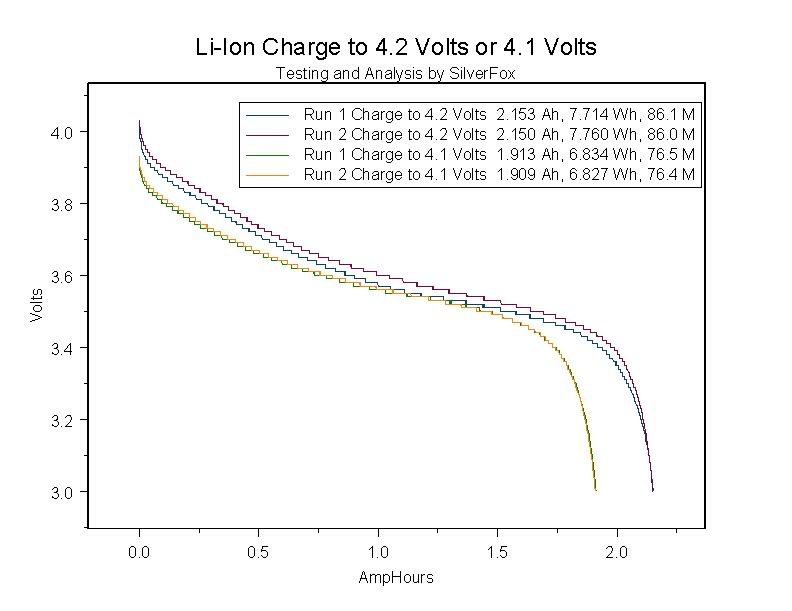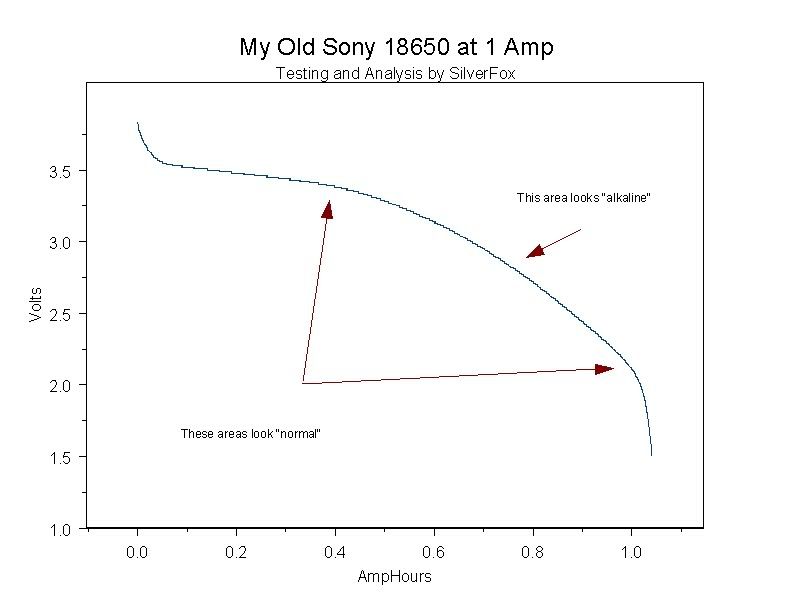Sorry, I have not had time to keep up with this thread.
If you do a Google search on the Triton you will find an RC forum notation from some member who toasted his Li-Poly pack (expensive) using the Triton, IIRC, some problem having to do with some type of irregularity in the power supply being used. Some with broadband, and lots of time on their hands can look this up.
I see various threads on these RC type chargers where there are pluses and minuses to almost all of them, I would be do a bit of good, SilverFox, if you have time to link to these threads (assuming you can find all of them) and maybe post some information about them. I suppose like most things, there are differing experiences and opinions. I know the high-end charger guys who have tried lots of RC chargers tend to favor the top of the line Orbit or Shultz chargers over the Triton. RC users are more demanding, I think, on these chargers; you will find that almost all of these small manufacturers need some fix for the chargers, including the Tritons'; to address some issue or problem that comes up with extended use/feedback from users in the field.
Here's a few links I have bookmarked. But like I said, I don't have the time to research this and catch up on all the other CPF threads and projects I need to work on; and I have no idea what why I bookmarked these links.
RC Central - Reedy Quasar Pro - Great Product, Cheesy Name
RC Central - MRC Super Brain 959
The-RC-Zone.com - mrc superbrain 969
RCMicroFlight.com - March 2003 Table Of Contents
Product Review RCM January '02
RunRyder - Astro 109 or Triton
MRC Super Brain 969 AC/DC Dual-Mode Delta Peak Charger - MRC RB969
I am in need of several chargers(not just for myself), so I'm probably going to order both the Sakar 8.5min charger when it becomes available & that Uniross 15min
http://www.energyfederation.org/consumer/default.php/cPath/401_444_1029. To save on shipping charges, shoot me a mailing address in a PM, and I'll have it sent directly to you. Test for a few weeks, then if they suck, I can have you ship them to some friends as gifts /ubbthreads/images/graemlins/smile.gif
I suspect that all of these fast chargers that get the batteries hot enough, shorten the number of charges you get from them and reduce capacity. I'm wondering if there is an actual possibility of premature damage. I have 7 year old 1300ma generic Chinese made AA's that seem to still work, but must be on their last legs as the sometimes get drained below 0.8v and take forever to come up to charge while getting very hot (but less than 50 or so cycles) by a Maha C204F
That does not really concern many who will give up reduced life/cycles for the convenience of needing the NiMH quickly charged up to full... after they forget to keep them charged and they self-discharge to useless levels (oh I suppose that never happens to Ginseng or bwaites and other hotwire gurus, and as such the benefits of Li-Ion slow self-discharge is not so important to them)
Do you have enough CBP1650ma AA's to test? I could order some with tabs for you to play with for a few weeks also? Do you have both Sanyo (not Energizer branded) 2100ma & 2500ma to test?



